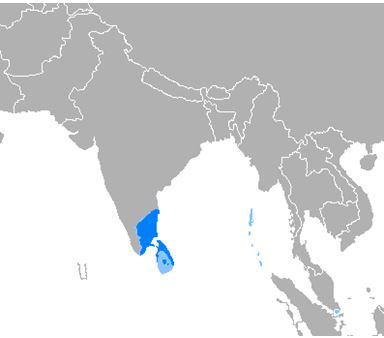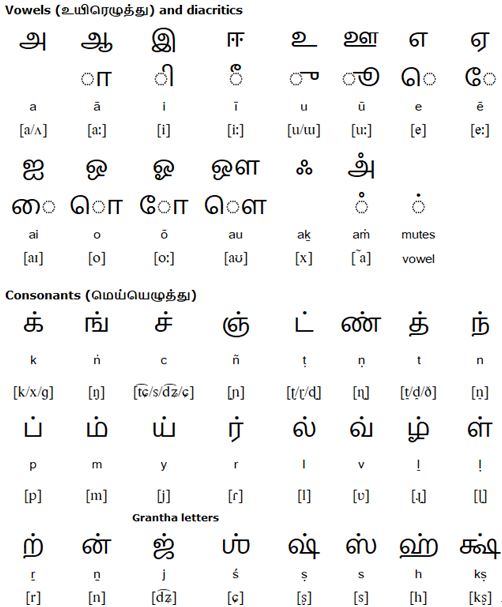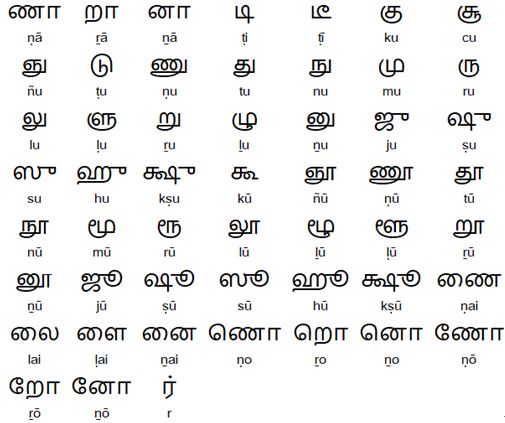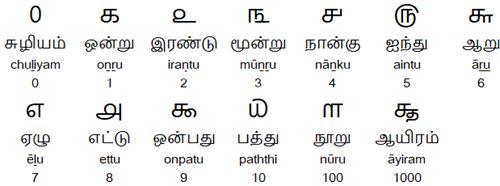Tamil Translation

Target Language Translation Services specializes in translating your content into Tamil in a manner that is not only precious, but culturally sound. We do not create literal translation, but adapt your text into a specific market so that it reads naturally to a native speaker. We can also help you to scale your global growth efforts by supporting your localization and translation needs in over 120 languages. We manage complex localization workflows and handle any volume quickly and efficiently.
If you need your maerials translated from Tamil into English, or another language. Not to worry, we have you covered! We have the capabilities to translate your documents into over 100 languages.

Tamil-speaking regions
About Tamil(தமிழ்)
Tamil is a Dravidian language spoken mainly in southern India and Sri Lanka, and also in Malaysia, the UK, South Africa, Canada, the USA, Singapore, France, Mauritius, and many other countries.
According to the 2001 Indian census, there were 60.8 million speakers of Tamil in India. According to 2012 censuses, there were just over 3 million Tamils in Sri Lanka, and 1.8 million Tamils in Malaysia. There are also Tamil populations of more than 100,000 in the UK, South Africa, Canada, the USA, Singapore, France and Réunion. The total number of Tamil speakers is about 67.5 million.
In India Tamil is spoken mainly in the state of Tamil Nadu, and the Indian Union Territory of Puducherry. There are also significant numbers of Tamil speakers in Kerala, Karnataka, Andhra Pradesh, and Telangana and the Union Territory of the Andaman and Nicobar Islands.
Tamil is used as a language of education in Malaysia and Singapore.
Written Tamil
The earliest known inscriptions in Tamil date back to about 500 BC. Tamil literature started to apper in 300 BC, and the language used until the 700 AD is known as Old Tamil. From 700-1600 AD the language is known as Middle Tamil, and since 1600 the language has been known as Modern Tamil.
Tamil was originally written with a version of the Brahmi script known as Tamil Brahmi. By the 5th century AD this script had become more rounded and developed into the Vaṭṭeḻuttu script. In the 6th century during the Pallava dynasty (275-897 AD), a new script for Tamil, known as the Chola-Pallava script, was devised. It also used some letters from Vaṭṭeḻuttu in Sanskrit loanwords. By the 8th century, the Chola-Pallava script was used instead of Vaṭṭeḻuttu in the northern part of the Tamil-speaking area, although Vaṭṭeḻuttu continued to be used in the south until the 11th century. During the next few centuries the modern Tamil script evolved from the Chola-Pallava script.
During the 19th century the Tamil script was simplified to make it easier to typeset. Further simplifications in the 20th century included the regularisation of vowel markers.
The Tamil alphabet is well suited to writing literary Tamil, centamiḻ (செந்தமிழ்). However it is ill-suited to writing colloquial Tamil, koṭuntamiḻ (கொடுந்தமிழ்). During the 19th century, attempts were made to create a written version of the colloquial spoken language. Nowadays the colloquial written language appears mainly in school books and in passages of dialogue in fiction.
Tamil is also written with a version of the Arabic script known as Arwi by Tamil-speaking muslims.
Notable features
• Type of writing system: syllabic alphabet
• Direction of writing: left to right in horizontal lines
• When they appear the the beginning of a syllable, vowels are written as independent letters.
• Some of the non-standard consonant-vowel combinations are not used in official documents.
• The alphabet was originally written on palm leaves. As a result, the letters are made up mainly of curved strokes which did not rip the leaves.

Non-standard consonant-vowel combinations

Notes
• The Grantha letters are used to write consonants borrowed from Sanskrit, and also some words of English origin. They are not considered part of the standard Tamil alphabet.
• ச is pronounced [s] medially
• [s] and [ɕ] are allophones of initial /t͡ɕ/ in some dialects.
• The sounds /f/, /z/ and /ʂ/ are found only in loanwords and frequently replaced by native sounds
• [ɦ] and [x] are allophones of /k/ in some dialects
Some consonants have different pronunciations depending on their position in a word, or the letters next to them.
• க் is pronounced [k] in initial position, [x~ɡ] in medial position, [kː] when geminate (doubled) and [ɡ] after a nasal
• ச் is pronounced [t͡ɕ] in initial position, [s] in medial position, [tːɕ] when geminate, and [dʑ] after a nasal
• ட் is pronounced [ʈ] in initial position, [ɖ~ɽ] in medial position, [ʈː] when geminate and [ɖ] after a nasal
• ற்ற is pronounced [r] in medial position, [tːr] when geminate and [(d)r] after a nasal
• த் is pronounced [t̪] in initial position, [d̪~ð] in medial position, [t̪ː] when geminate and [d̪] after a nasal
• ப் is pronounced [p] in initial position, [b~β] in medial position, [pː] when geminate and [b] after a nasal
Tamil Numerals

The numerals rarely appear in modern Tamil texts. Instead, 'Arabic' numerals (1, 2, 3, etc.) are used.
Other symbols

Did You Know?
These English words came from Tamil?
curry---from Tamil kari ‘sauce, relish for rice’
candy---possibly from Tamil kantu ‘candy’
catamaran---from Tamil kattu-maram ‘tied wood’, from kattu ‘tie’ + maram ‘wood, tree’
coolie---possibly from Tamil kuli ‘to hire’
ginger---possibly from ancient Dravidian inchiver, from inchi ‘root’
mango---from Tamil mankay, from man ‘mango tree’ + kay ‘fruit’
pariah---from Tamil paraiyar, plural of paraiyan ‘drummer’ (at festivals, the hereditary duty of members of the largest of the lower castes of southern India), from parai ‘large festival drum.’ Especially numerous at Madras, where its members supplied most of the domestics in European service. Applied by Hindus and Europeans to members of any low Hindu caste and even to outcastes. Meaning of ‘social outcast’ is first attested in 1819.
How much does a translation into Tamil Translation cost?
The standard rate for translations from English into Tamil Translation is $ 0.11, and rates for translations from French into or French from other languages vary. For urgent jobs that need several linguists working simultaneously, we will apply a surcharge.
Just contact us to get more information and a no-obligation quote. Our project managers can be reached via telephone, email, or the form. We look forward to serving you.
For more information about Tamil Translation,
call us or add wechat today at +86-13616034782
or send us an email to:info@target-trans.com